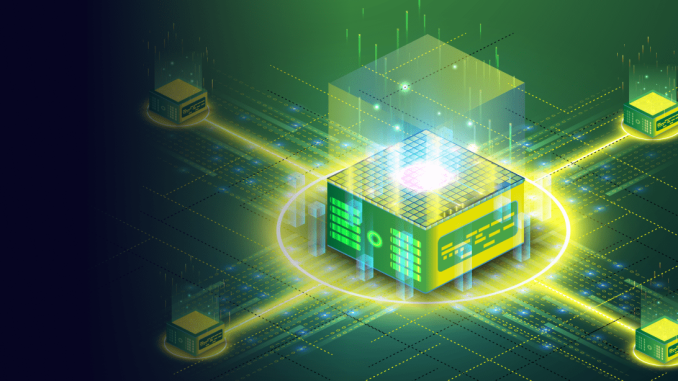
Have you ever wondered how companies control who gets access to their systems and information? Identity and Access Management (IAM) software is used to manage user identities and control access to resources. This software helps organizations keep data secure and manage user permissions in a simple way.
Below is a look at how identity and access management software functions.
User identification
The first step in IAM software is identifying users. Each person who wants access must prove who they are. This usually happens through usernames and passwords. Some systems add extra checks like security tokens or biometric data, such as fingerprints or facial recognition, to confirm identity.
Access permissions
Once a user is identified, the software checks what they are allowed to do. Permissions are set based on the user’s role or position in the organization. For example, some users might only view data, while others can edit or delete information. This limits access to only what each user requirements.
Authentication methods
IAM software uses different ways to verify users. Passwords are the most common method. Some systems use multi-factor authentication (MFA), which involves more than one way to prove identity, such as a password plus a code sent to a phone. MFA adds a layer of security.
Access control policies
The software applies rules that control access based on company policies. These rules decide who can access certain systems, applications, or data. Access might also depend on time or location, meaning users can only log in during specific hours or from certain places.
User activity monitoring
IAM software tracks user actions within the system. This monitoring helps detect unusual or suspicious behavior, such as attempts to access restricted areas. Activity logs provide records that can be reviewed for security audits or investigations.
User lifecycle management
IAM software manages the entire user lifecycle. It handles adding new users, updating permissions as roles change, and removing access when users leave the organization. This ensures that access is always current and no longer available to those who should not have it.
Integration with other systems
IAM software often works with other business applications and services. Integration allows central control of access across different platforms, reducing the chance of security gaps. It also simplifies user management by linking access rights in one place.